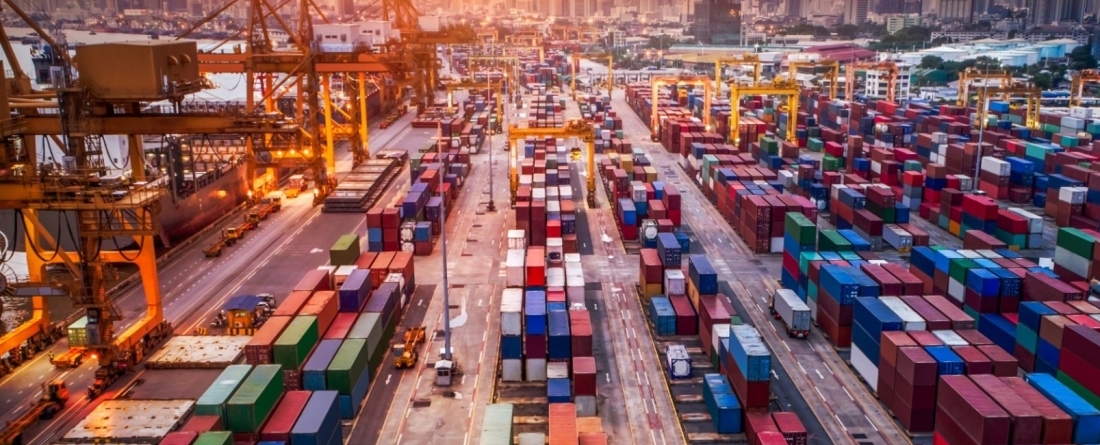
R. Cui, B. Gu, J. Lou, A. Zhao, J. Behrendt, J. Song, L. Clarke, G. Iyer, H. McJeon, Y. Wang, X. Tan, K. Zhu, Y. Sheng, H. Zhai, L. Kong, Y. Cheng, J. Edmonds, J. Sampedro, S. Waldhoff, S. Yu, N. Hultman (October 2022). “Facilitate high-quality, sustainable growth through a low-carbon transition in the Belt and Road Initiative countries”. Center for Global Sustainability, College Park; Chinese Academy of Sciences, Beijing.
A new policy brief series published by the University of Maryland's Center for Global Sustainability and the Chinese Academy of Sciences’ Institutes of Science and Development quantifies the broad societal impacts of a low-emissions pathway for Belt and Road Initiative (BRI) partner countries.
The Belt and Road Initiative (BRI) partner countries represent over 63% of the global population and 61% of global greenhouse gas (GHG) emissions, but only 38% of global GDP. Economic development, therefore, remains a high priority for many partner countries, especially for low-income, less-developed Asian and African regions. China’s recent commitments to ending overseas coal development and promoting South-South climate cooperation open up important opportunities to help the low-income partner countries take on high-quality, sustained growth.
This analysis demonstrates that pursuing the low-carbon development path will generate broad societal benefits for BRI partner countries. By assessing different 1.5C-compatible pathways through a comprehensive lens, we evaluate not only GHG emission reductions but also other environmental, social, and economic outcomes. We find that the low-carbon transition brings large improvements in 12 indicators between today and different 1.5°C futures, including air quality, health, employment, energy security, and consumer well-being. Specifically, it will:
- Generate large air quality and health benefits, where PM2.5 and Ozone concentrations decrease by 36% and 22%, respectively, and premature mortality decreases per 100,000 people by 32% from today to 2050
- Shift employment opportunities from the fossil fuel to green industries, where green jobs increase by 254% between 2020 and 2050, and job growths in renewables, energy storage, electric vehicle batteries and infrastructure are much higher than job losses in the fossil industry
- Need a just transition to address stranded assets, employment losses, and reduced trade revenue for fossil fuel exporting economies
- Enhance energy security by reducing reliance on fossil fuel imports and exposure to international market fluctuations, and by increasing electricity access for consumers
- Affect food security due to complex interlinkages between energy, land, and water systems, especially when relying on land-based mitigation strategies
- Require $1.1 trillion of investment per year to scale up renewable deployment and improve efficiency and infrastructure, where BRI can provide an important channel for climate finance.
